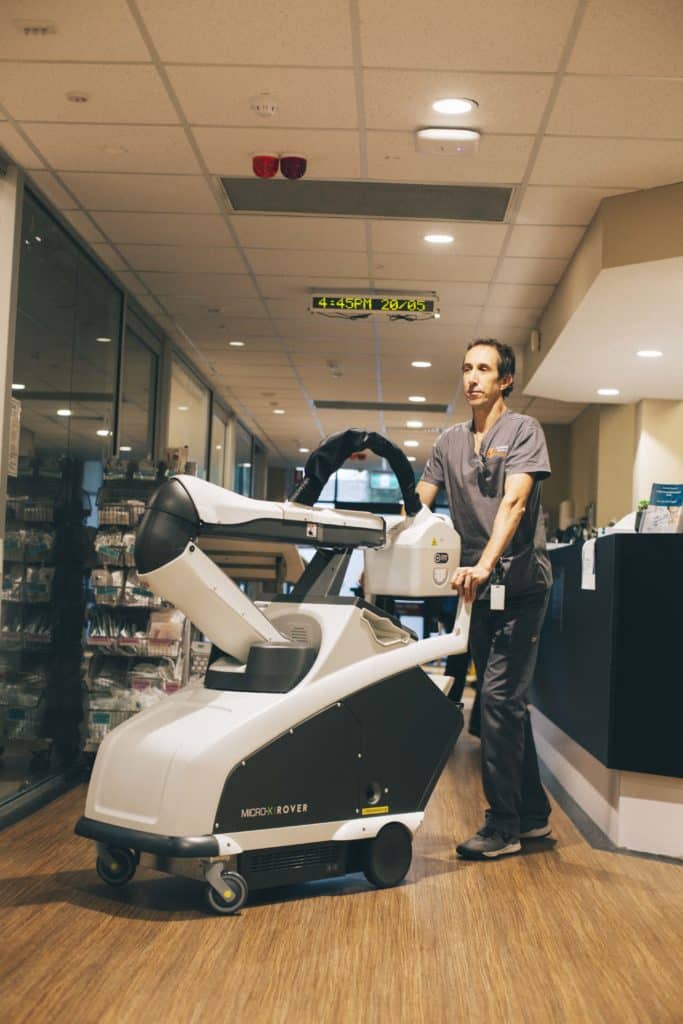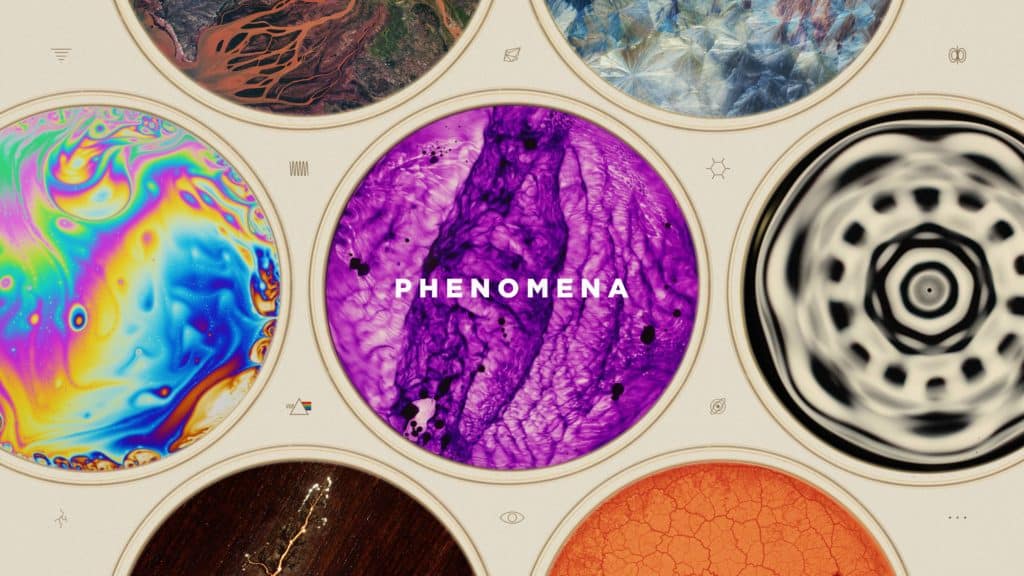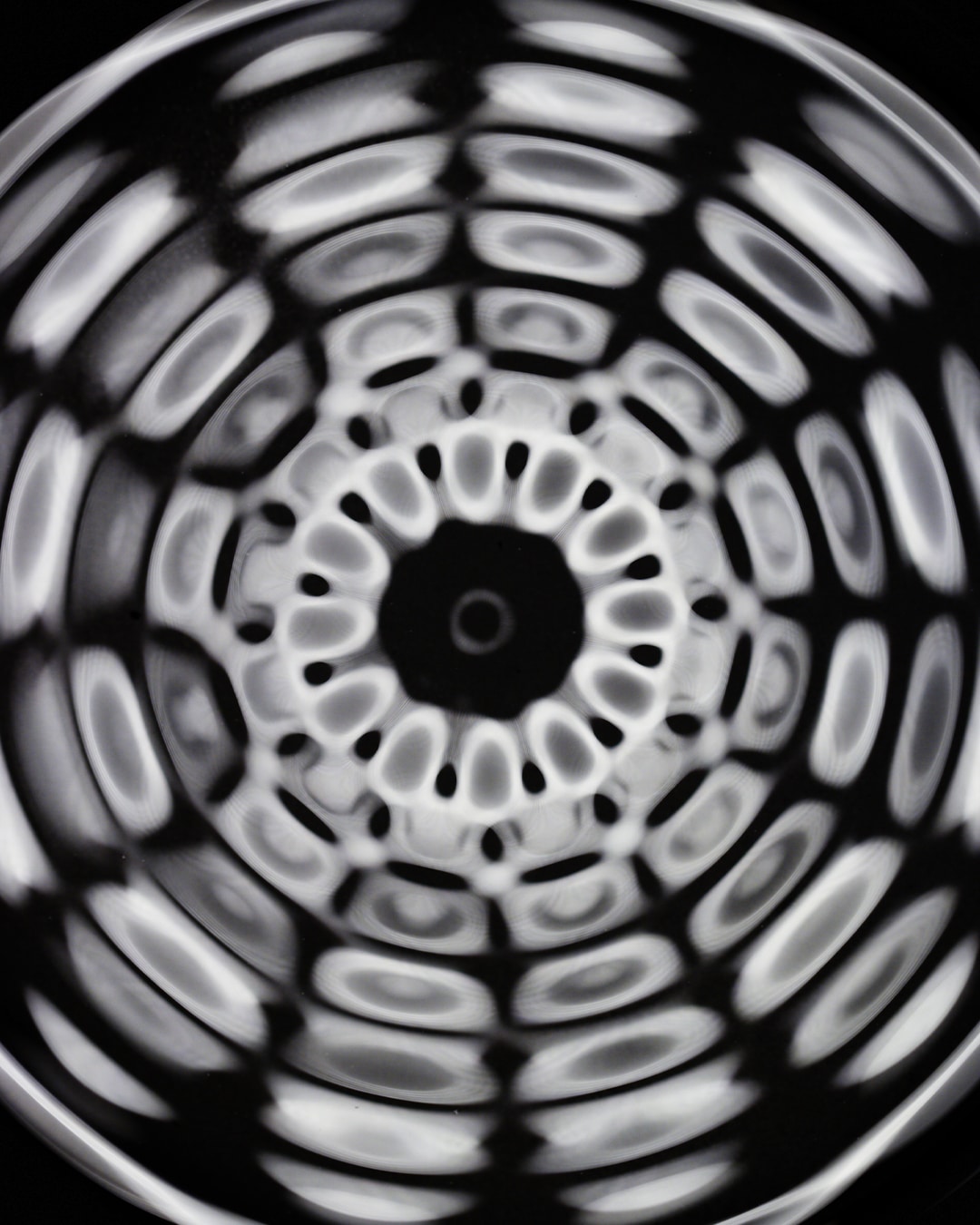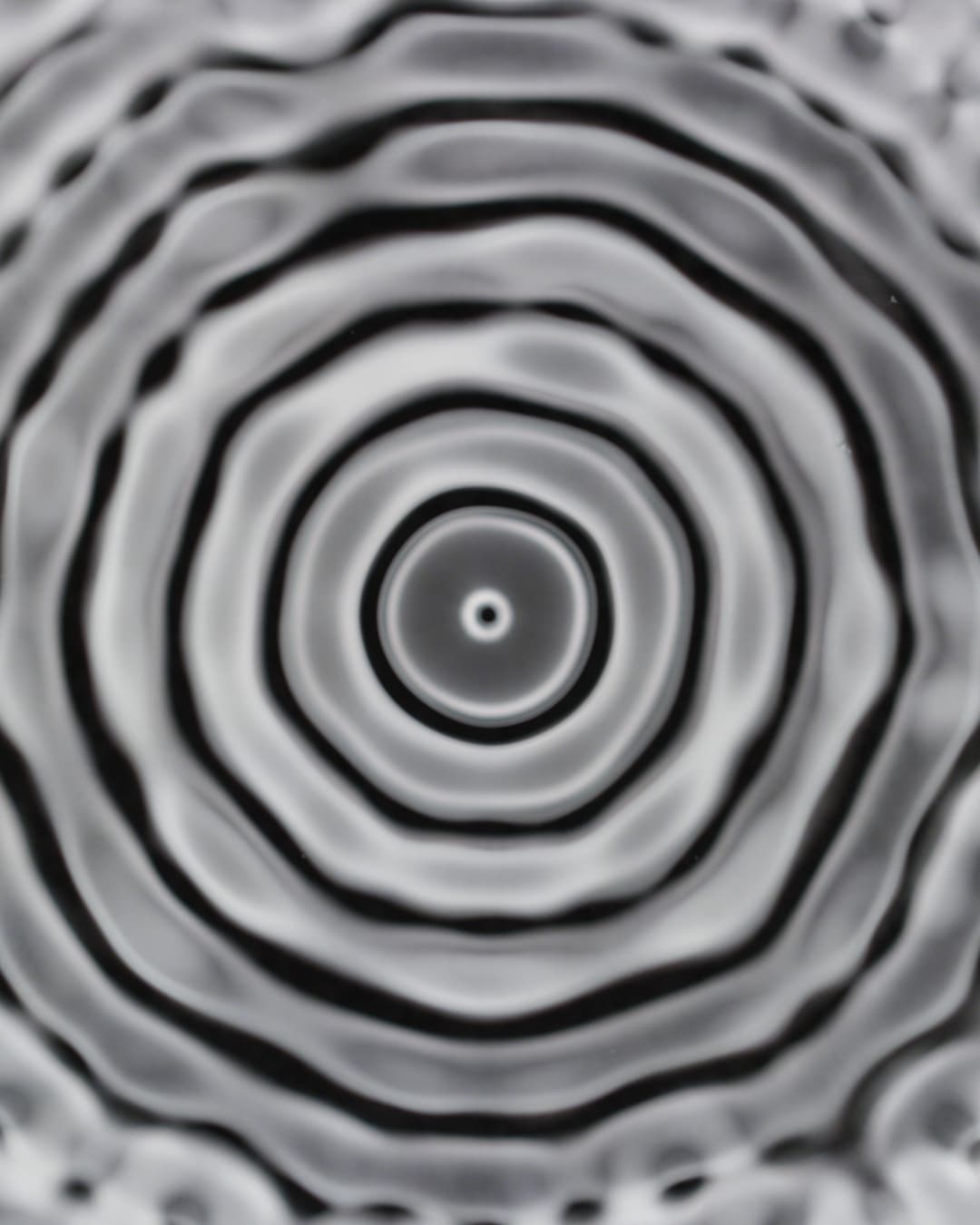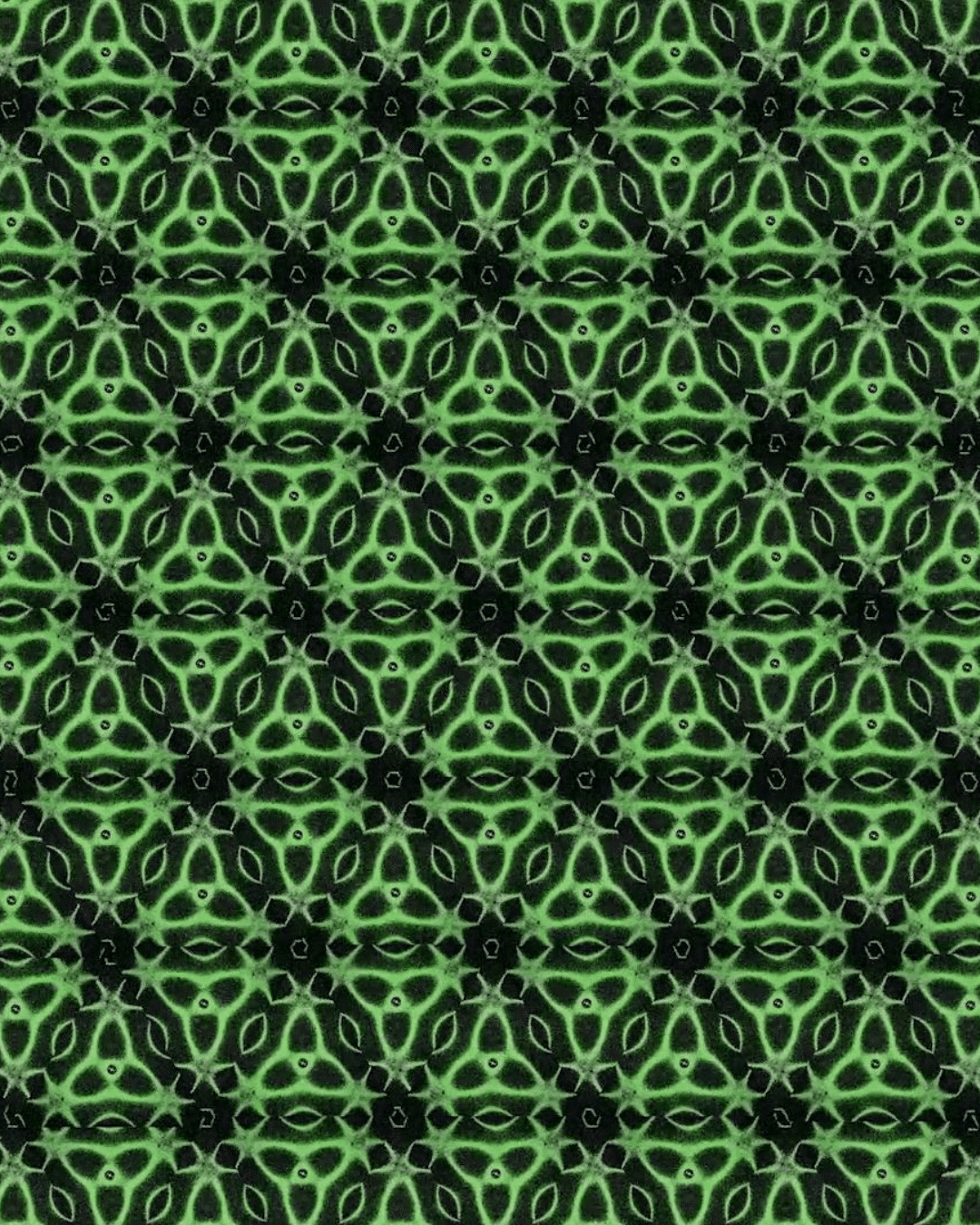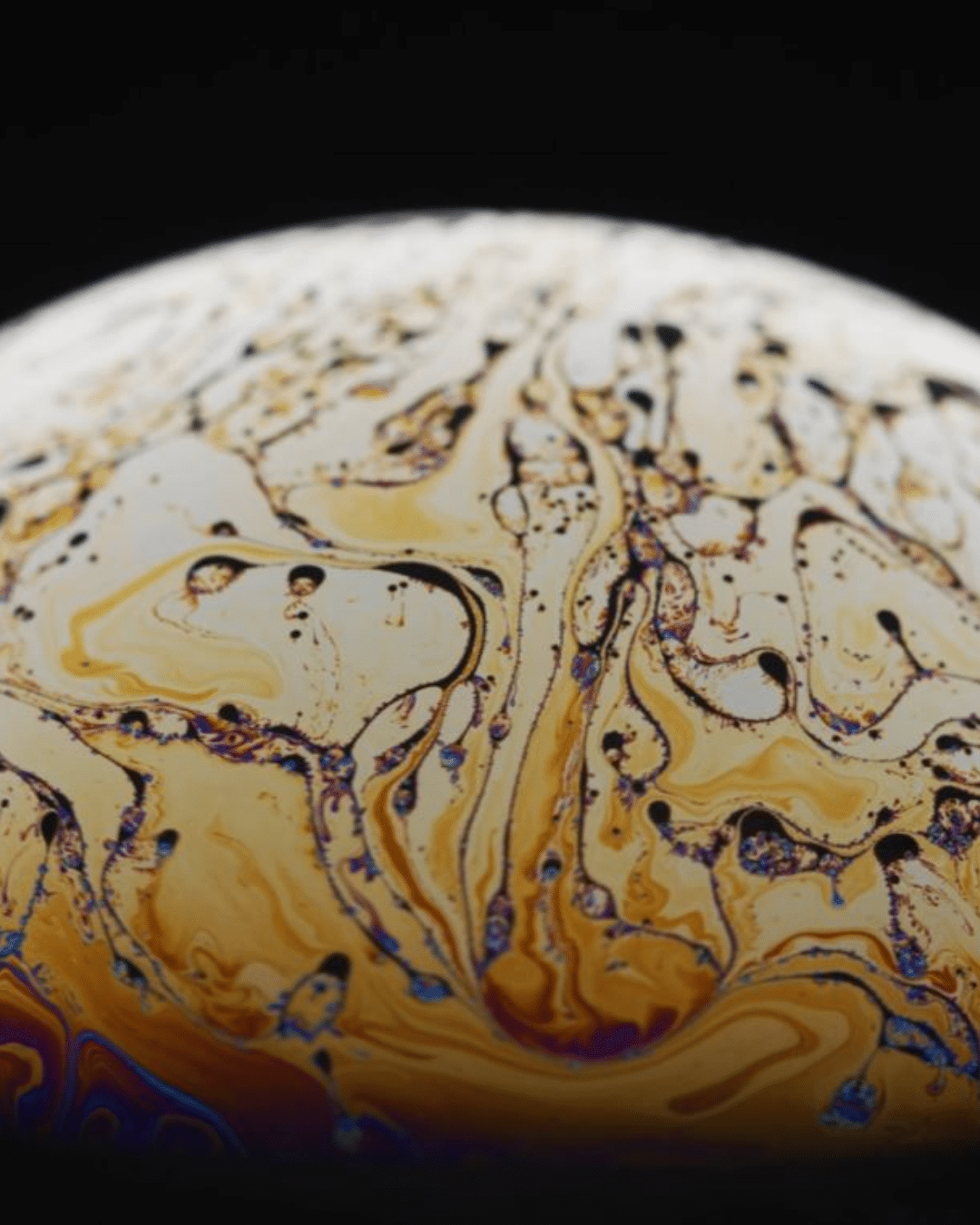200 supernova found by six mates – enabling discoveries about the evolution of stars and the ingredients of life
Ex-miner from Broken Hill discovers a massive electrical storm on Saturn and guides NASA mission
Two amateur astronomy projects were awarded the 2022 Page Medal on Saturday 16 April at the National Australian Convention of Amateur Astronomers held online.
The six friends who make up The Backyard Observatory Supernova Search (BOSS) Team monitor distant galaxies to detect the death throes of massive stars as they explode in brilliant supernovae. The team then alerts professional telescopes to swing into action and study these phenomena at the crucial moment. The sooner those observations begin, the more is learnt about the lead up to the star’s final moments.
Continue reading Backyard astronomers win recognition from the professionals









